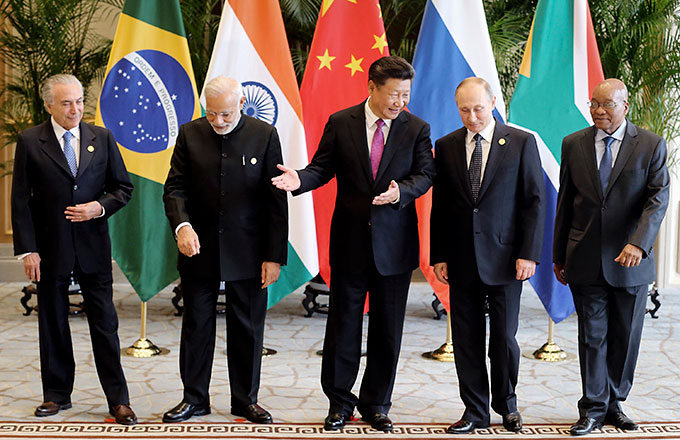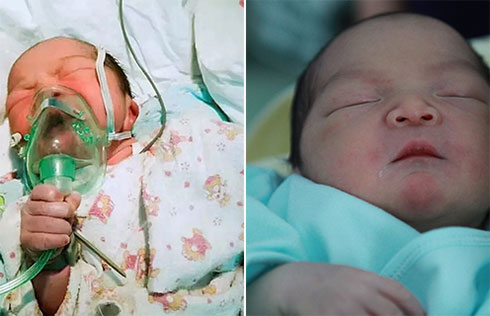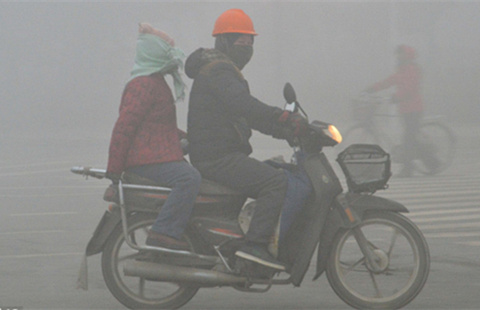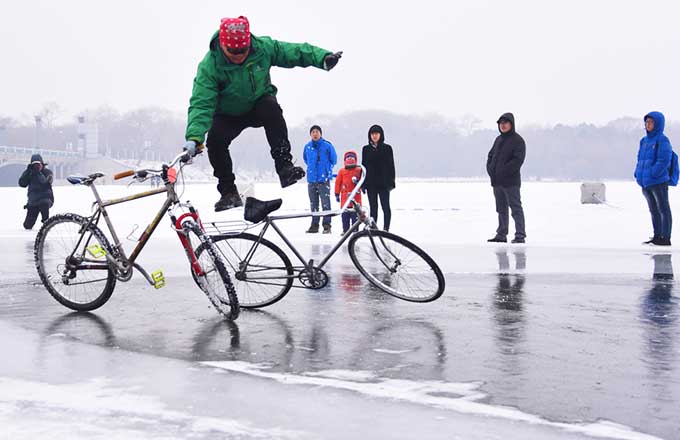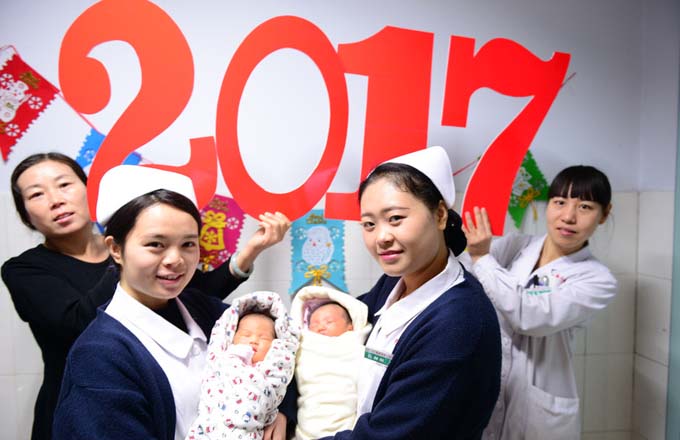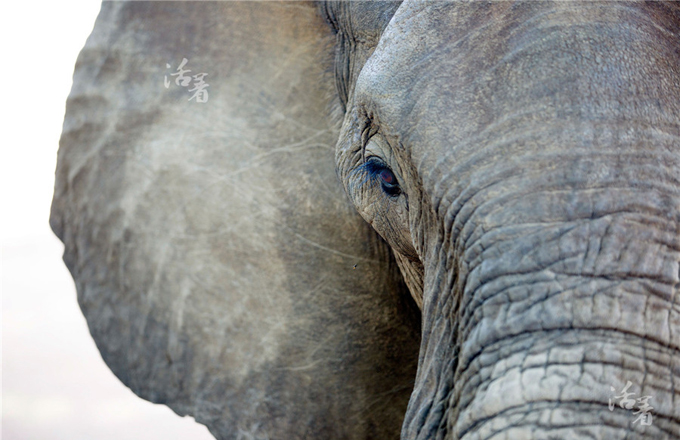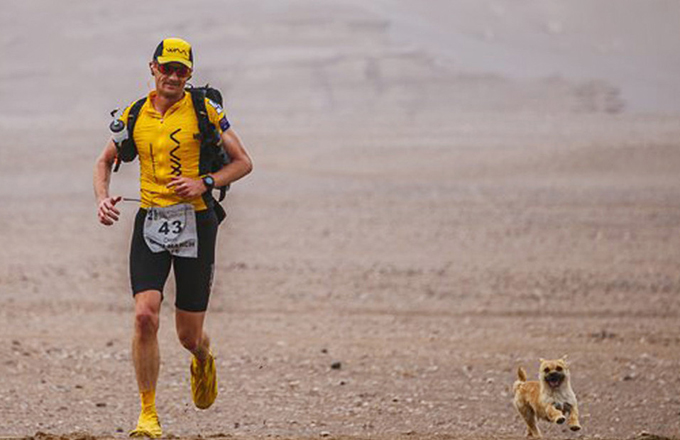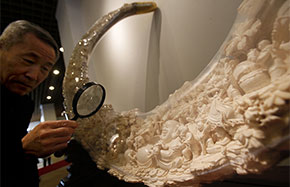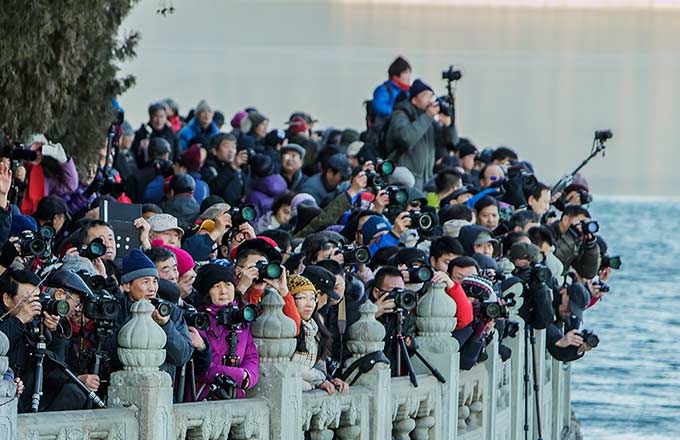No donor found for next face transplant
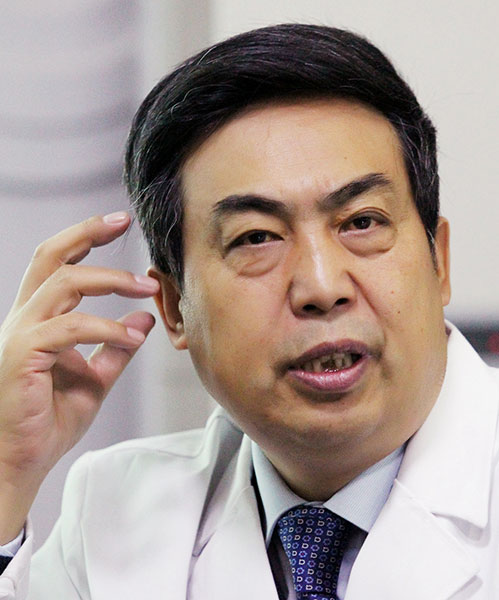 |
|
Guo Shuzhong |
The surgeon who performed China's first face transplant in 2006 said he has been waiting years to help a second patient but cannot find a donor.
Guo Shuzhong, a top expert in reconstructive surgery, revealed in an exclusive interview that an unwillingness among families to donate a loved one's face after death is potentially holding back progress in the field.
"The surgery remains at the research stage, although knowledge and techniques have largely improved," Guo said. "But I have a female patient now who has been waiting years for the surgery as there is no suitable donor."
The woman, a mother of two in her late 30s from Anshan, Liaoning province, was disfigured in a fire while in her 20s, he said, adding that she wears a mask to prevent her children from seeing the extent of her injuries.
Guo, who works for the First Affiliated Hospital of Xi'an Jiaotong University in Xi'an, Shaanxi province, performed a partial face transplant in 2006 on a man from Yunnan province who had been mauled by a bear. It was a first for China and only the second time the operation had been performed worldwide.
To date, the surgery has been performed 39 times worldwide, mostly in the United States and France. However, unlike organ donations, biological compatibilities like blood type alone cannot lead to suitable matches for face transplant patients. "Other factors like gender, bone frame and appearance have to be considered, too," Guo said.
For instance, a woman, in theory, could receive a male's face as long as the necessary biological compatibilities are satisfactory. Laser therapy can also be used to remove excessive hair from the donor face.
However, he said, the patient in Anshan has expressed that she might not be happy with a "new face from someone of the opposite sex".
In terms of plastic surgery, there are more social determinants like tradition, social norms and aesthetics, Guo added. "One receives a liver transplant to survive. A face transplantation is for someone to feel alive again."
Demands for facial transplants exist mostly from those disfigured by war, disasters or accidents, he said, adding that the US has invested a lot in research due to demands from injured soldiers back from fighting in Iraq and Afghanistan.
But few families are willing to donate a loved one's face after death, and it's even harder to land a female donor because of social norms, he said.
"It's a common challenge worldwide," he said. One international practice is to reconstruct a donor's face using silicone, so that at their funeral they look the same as before they died, which can be a comfort to relatives, Guo said.
Another major challenge is post-operation tissue rejection. This happens when the transplanted tissue is rejected by the recipient's immune system, which in turn damages the transplanted tissue.
Compared with organs like the liver and kidneys, human skin is more prone to rejection, Guo said, citing international studies. The recipient must receive post-operation rejection treatments, known as immunosuppressant drugs.
Isabelle Dinoire, who received the world's first partial face transplant in 2005, died in April. According to medical research, immunosuppressant drugs might have triggered the cancer that killed her.
The Yunnan man whom Guo operated on died two and half years later, but Guo said this was due to unrelated food poisoning.
Guo said his team had been dedicated to researching the link between the drugs and post-operation recovery. "It's a long-term task, which is key to bringing face transplantation from research to wide clinical application."
At the moment, he is busy tending to a patient waiting for an ear transplant. In two or three months, the "engineered" ear, now growing on the patient's arm, will be transplanted to his head in the third phase of the surgery, he said.
Doctors earlier buried a skin expander in the patient's right forearm and regularly injected water to expand the skin in the first phase.
Later, doctors took part of the rib cartilage from the patient and buried it under the expanded skin, which was successfully done in early November.
"The operation itself is technically demanding but is free from rejection, because the transplant is from the recipient himself," Guo said.
- China aircraft carrier conducts drill in S. China Sea
- Three scientific breakthroughs by Chinese scientists that may change your future life
- Tibet receives 23 million tourists in 2016
- China issues first red alert for fog
- China's lunar probe to bring soil samples back from the moon in 2017


